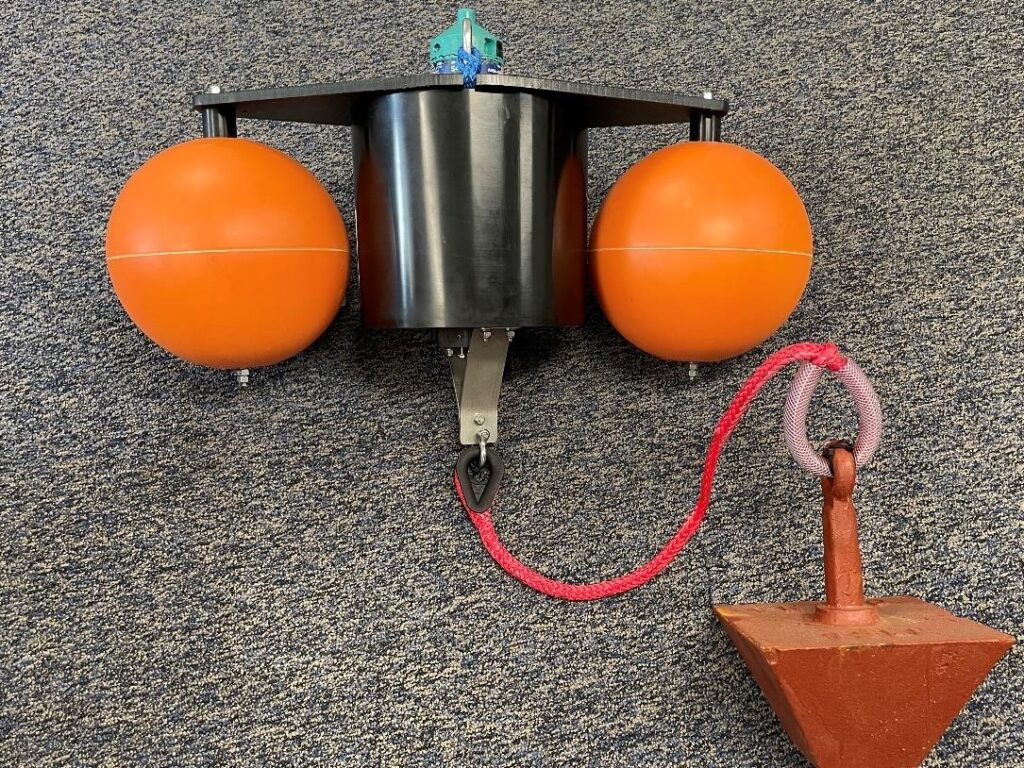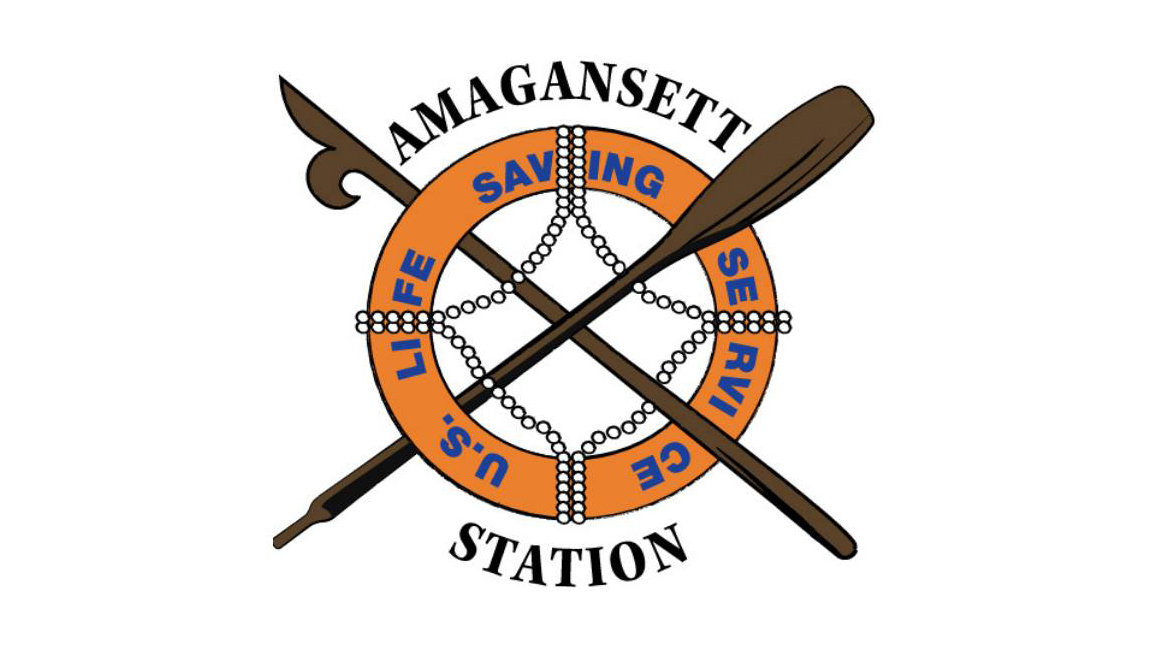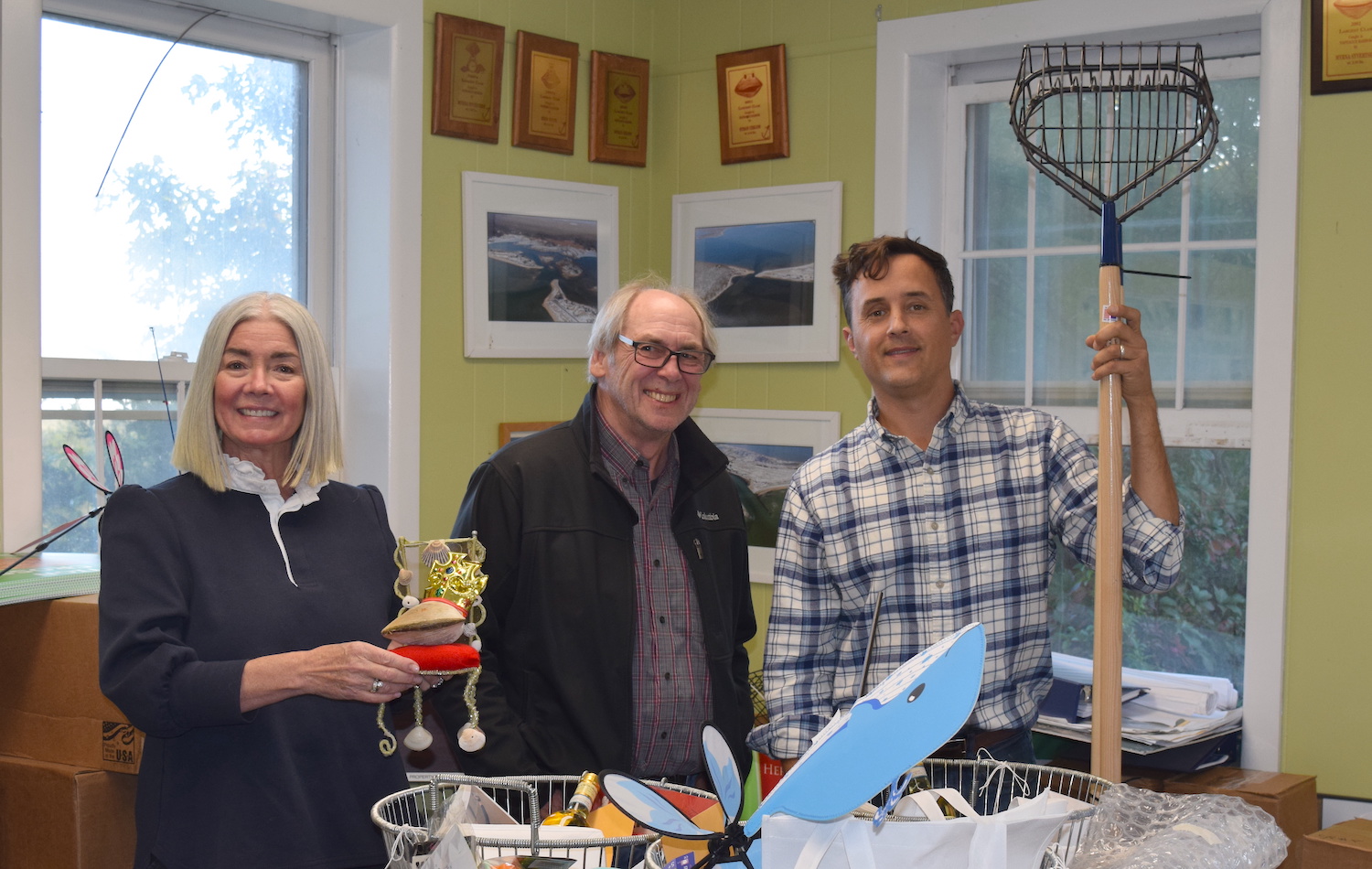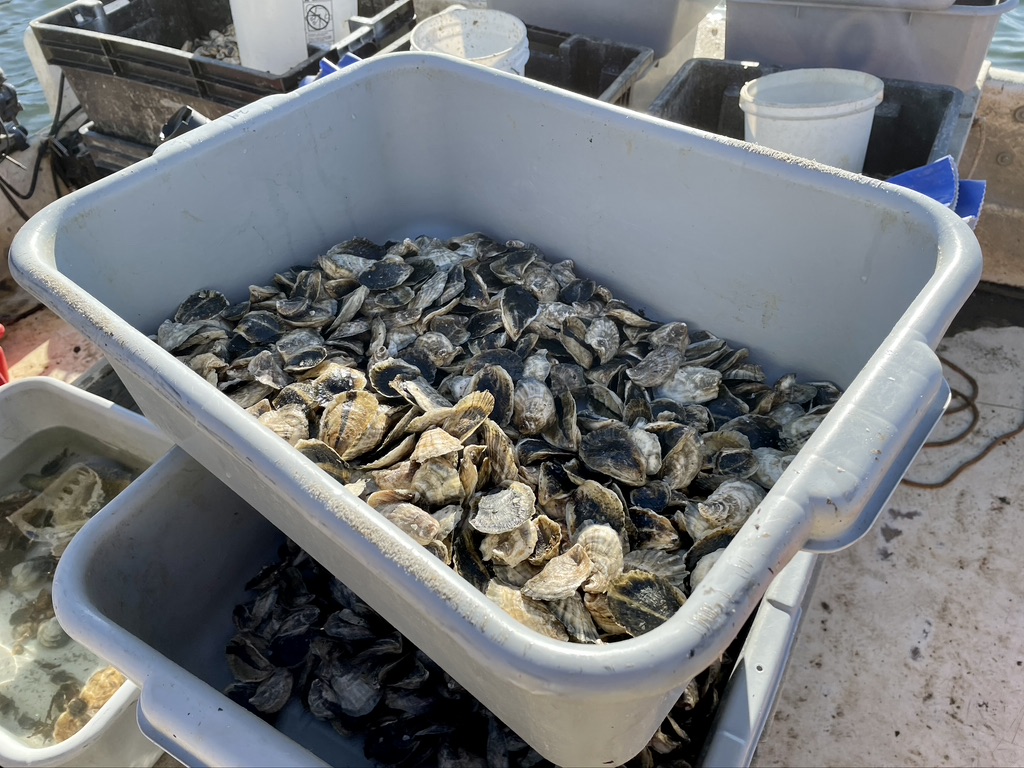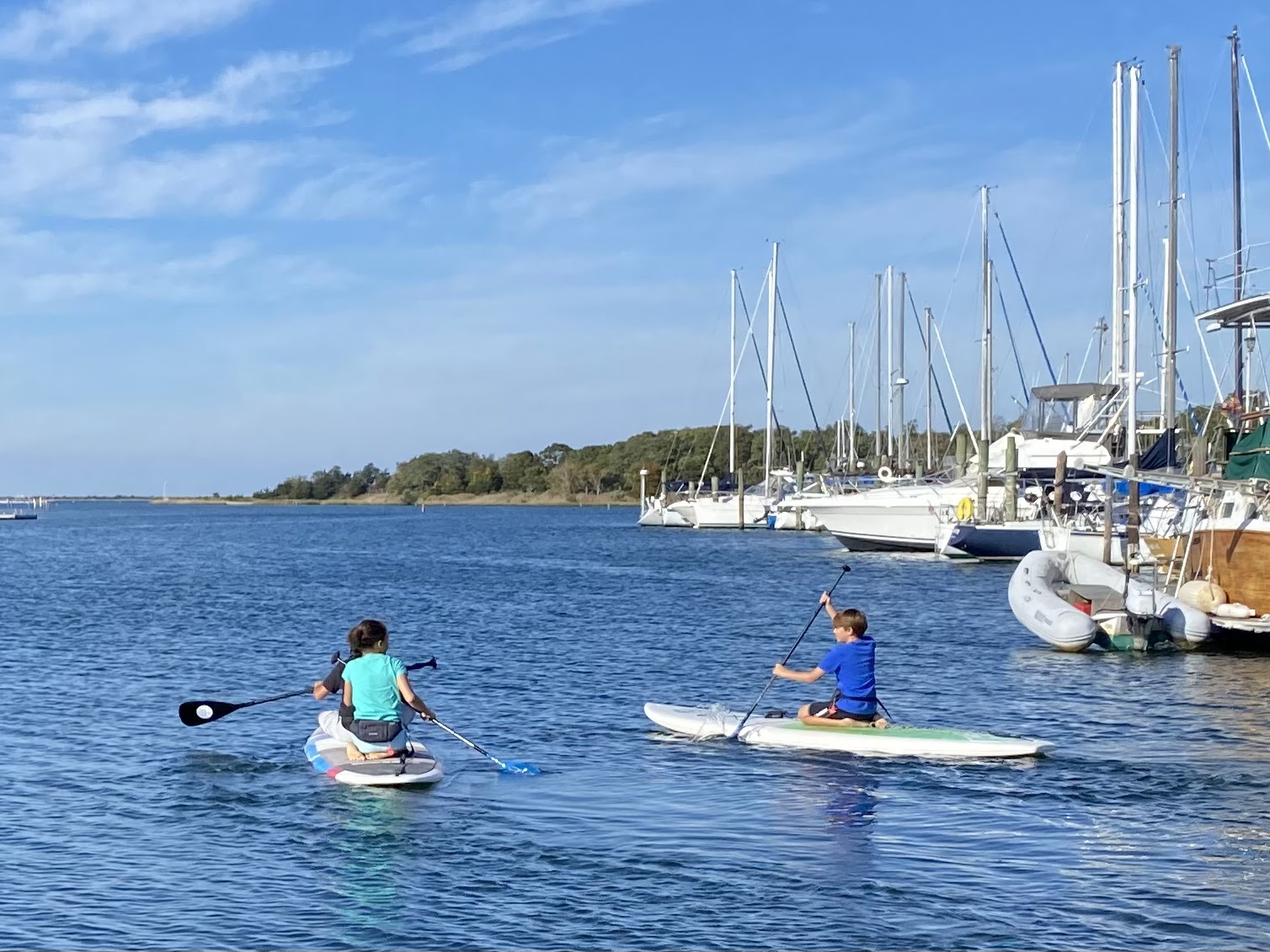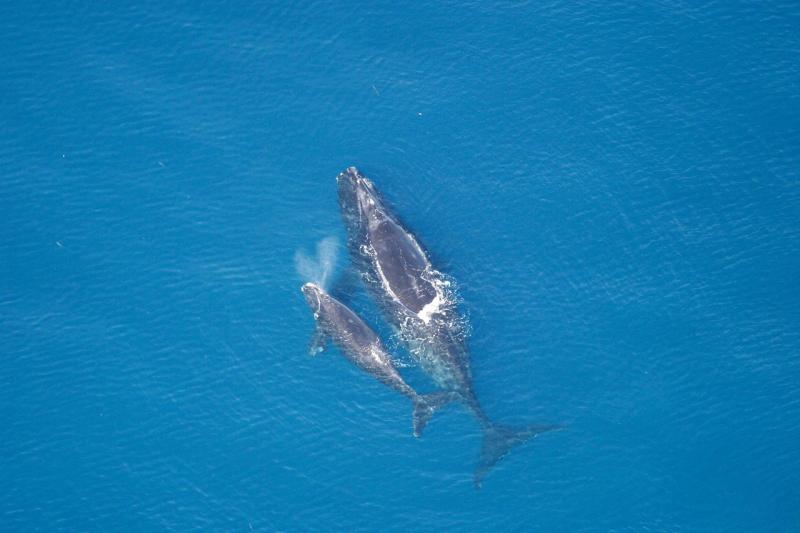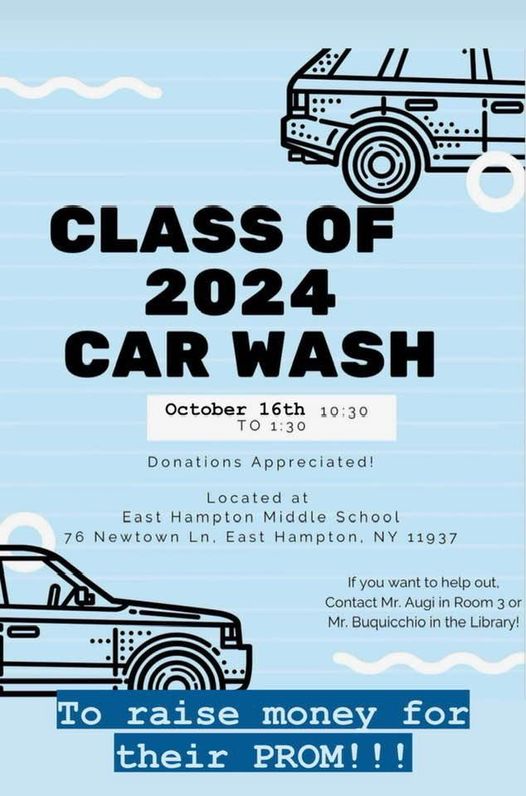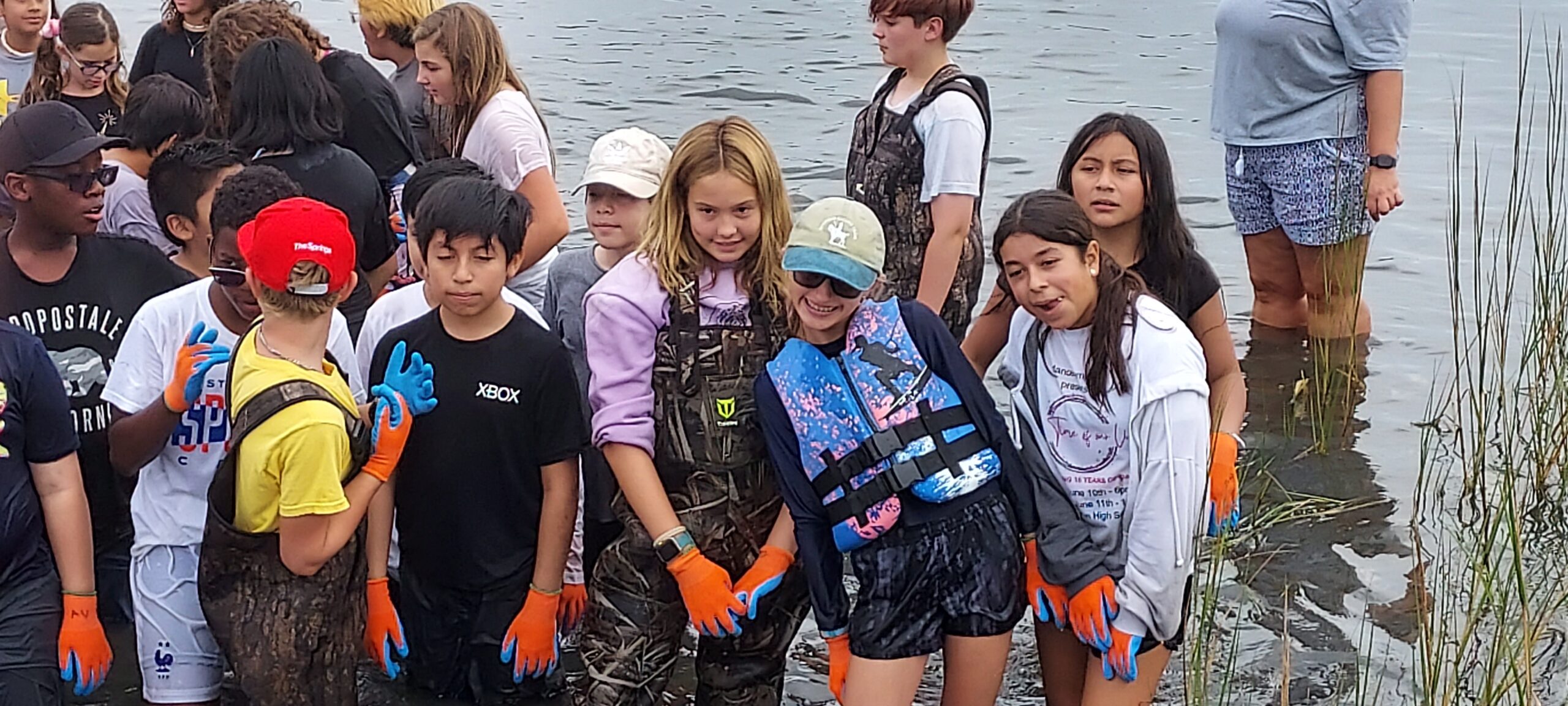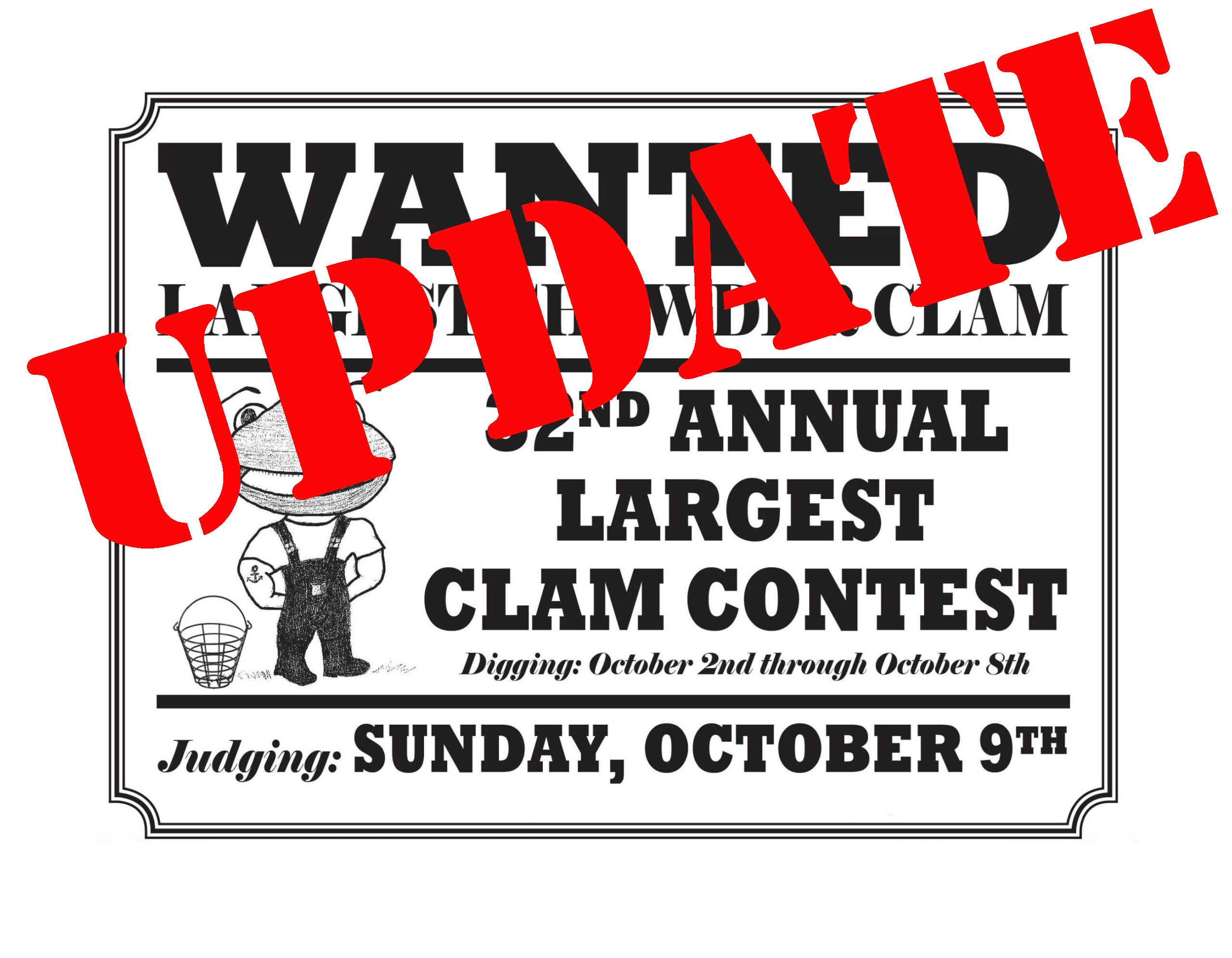Resolution # 2022-32 2022 REGARDING DELAYING THE OPENING OF SCALLOP SEASON IN TRUSTEE WATERS UNTIL NOVEMBER 13, 2022 The following Resolution was offered and unanimously adopted: WHEREAS, §213-18 of the East Hampton Town Code recognizes the Trustees’ authority to vary the permissible dates for the taking of scallops; and WHEREAS, §213-12 of the East Hampton Town Code permits the taking of scallops from Trustee waters between the third Monday in October and March 31 in each year; and WHEREAS, for the year 2022, the State has set the opening of scallop season in State waters as of November 7, 2022;
October 29th @ 5pm – Reception to follow Special presentation on the history of lifesaving with Tim Dring, Commander, U.S. Naval Reserve, Retired. Pictured: Commander Timothy R. Dring, U.S.N.R. (Retired) Comdr. Timothy R. Dring, U.S.N.R. (Ret.) joins us for a special presentation, “The Rescue Boats of Amagansett Life-Saving Station,” consisting of an overview of the various small craft assigned to Amagansett over its years of operation. This notably includes boats built by local Long Island boatbuilder Frederick Beebe of Greenport, Long Island. Space is limited. About Commander Dring Commander Dring retired from the U.S. Naval Reserve after 27 years of
After a two week delay in announcing the winner of the Trustee’s annual “Largest Clam Contest”, on Friday the winners of Accabonac and Three Mile Harbor were announced along with the winner of the largest clam overall- This year’s largest clam contest winner is Susan Ceslow whose clam was found in Napeague Harbor. Trustee Susan McGraw-Keber with the winning largest clam of 2022, Clerk Francis Bock, and Trustee David Cataletto. Photo Christopher Walsh For the full article and winners of Accabonac and Three Mile harbors, click on the tab below. East Hampton Star article
East Hampton Town Board October 2022 Last month Tim Treadwell, the Commanding Officer of the East Hampton Marine Patrol, addressed the Trustees about the summer long and fall poaching of “anything that is in our waterways”. He reported the poachers do not have permits for shellfishing, arrive well into the night or after midnight to avoid being seen, and are well organized and message each other when the police or marine patrol arrives to inspect the activity. Typically, the poachers are not residents of East Hampton as evidenced by their identification when apprehended and ticketed. The poachers come from as
Learn how seeds are grown for clams, scallops, and oysters at the shellfish hatchery – right up until they’re ready to be given to our harbors to mature and help keep our waters clean and thriving. Oyster seeds ready for the harbor! Photo Susan McGraw-Keber Copyright 2003 BN Productions. Produced and Directed by Bruce Nalepinski. Written and Narrated by John Aldred. Original music by Randy Parsons. Former director of the East Hampton Shellfish Hatchery in 2003, John Aldred, who is now in his third term as an East Hampton Town Trustee, wrote and narrated this informative documentary to help educate
September 12th was a perfect sunny day for the students of the East Hampton Middle School’s Surfrider Club for the annual seeding of Three Mile Harbor! The students seeded over 100,000 clams and oysters with their teacher and East Hampton Town Trustee, David Cataletto, and The East Hampton Shellfish Hatchery’s director, John “Barley” Dunne. EH Middle School Students seed 3 Mile Harbor with oyster & clam seeds September 2022 Their wonderful environmental effort will help keep our waters healthy with the promise of clams and oysters for later harvest as they grow! Later that afternoon, the students invited the Coast
NOAA Fisheries announced proposed changes to the North Atlantic right whale (Eubalaena glacialis) vessel speed rule to further reduce the likelihood of mortalities and serious injuries to endangered right whales from vessel collisions. NOAA Fisheries is accepting public comment on the proposed rule until October 31, 2022. More information on the submission process can be found in the Federal Register notice. Mother and calf North Atlantic right whales Credit: NOAA Fisheries. Photo taken under a NOAA scientific permit. To read the article click on the tab below: NOAA – Reducing vessel strikes
Montauk Harbor Photo Susan McGraw-Keber The Town of East Hampton, along with the federal Army Corps of Engineers have joined to make improvements to Montauk Harbor that will deepen and widen the channel, a long planned project that is scheduled for the fall of 2023. The depth of the channel will increase from 12 to 17 feet at mean low water and extend by 100 feet the deposition basin. This project will have a much needed positive impact for navigational purposes. To read the entire article, click the tab below. East hampton star christopher walsh
Many students of East Hampton High School and the Middle School volunteered to help the Trustees last Sunday during our 32nd annual “Largest Clam & Chowder Contest”…it’s our turn to help them in raising funds for their Senior Prom next Spring! Tomorrow, Sunday- October 16th from 10:30AM to 1:30PM….Get your car to sparkle and for a good cause!
On this past Tuesday, South Fork Sea Farmers, John “Barley” Dunne of the East Hampton Shellfish Hatchery, and high school members of the EHHS Environmental Awareness Club, presented their plans for an additional oyster reef project in Accabonac Harbor to the town. At our Trustee meeting of October 14th, the students presented their project. It was well received and encouraged by the Trustees, with an offer to assist in the effort. Photo Durell Godfrey For the full article click on the tab below. Eh Star article
This past week students of East Hampton High School and Springs School joined South Fork Sea Farmer’s Bob Tymann and John “Barley” Dunne, director of the East Hampton Shellfish Hatchery and SFSF along with Aubrey Peterson, the high school’s director of the Environmental Awareness Club and guidance counselor, to examine and determine what the best location would be for a site selection to create an oyster reef in Accabonac Harbor. A total of three sites are under consideration, two of those would require permits from the Department of Environmental Conservation (DEC). South Fork Sea Farmers
Due to the recent rains the New York State Department of Environmental Conservation has closed the following East Hampton Town Harbors to Shell fishing: Three Mile Harbor, Accabonac Harbor and Hog Creek until further notice. Therefore, the Trustees will ONLY be accepting Contest Clams from Napeague Harbor and Lake Montauk on Sunday, Oct. 9, 2022 for the Annual Clam Contest. Judging for the LARGEST CLAM and Clams from Three Mile Harbor, Accabonac Harbor and Hog Creek will be postponed for Two weeks. Contest Clams dug from Three Mile Harbor, Accabonac Harbor and Hog Creek must be brought to the Trustee
“As part of the fish monitoring study outlined in the SFW Fisheries Study Work Plan, the Stony Brook University team is conducting a regular visit to the sensor array off Wainscott today to collect data from sensors, replace batteries, and deploy new retrievable moorings alongside the previous moorings. As the Stony Brook team is deploying new moorings alongside the existing moorings there’s no change to the mariners briefing, our standard method for updating mariners on the presence of equipment in navigational waters. Members of the fisheries outreach team, in collaboration with the research team, have worked with the fishing community to select an alternative mooring, one that is smaller, lightweight and retrievable, and is more compatible with commercial fishing in response to the feedback we’ve received from the community on original deployment of cement moorings.”

